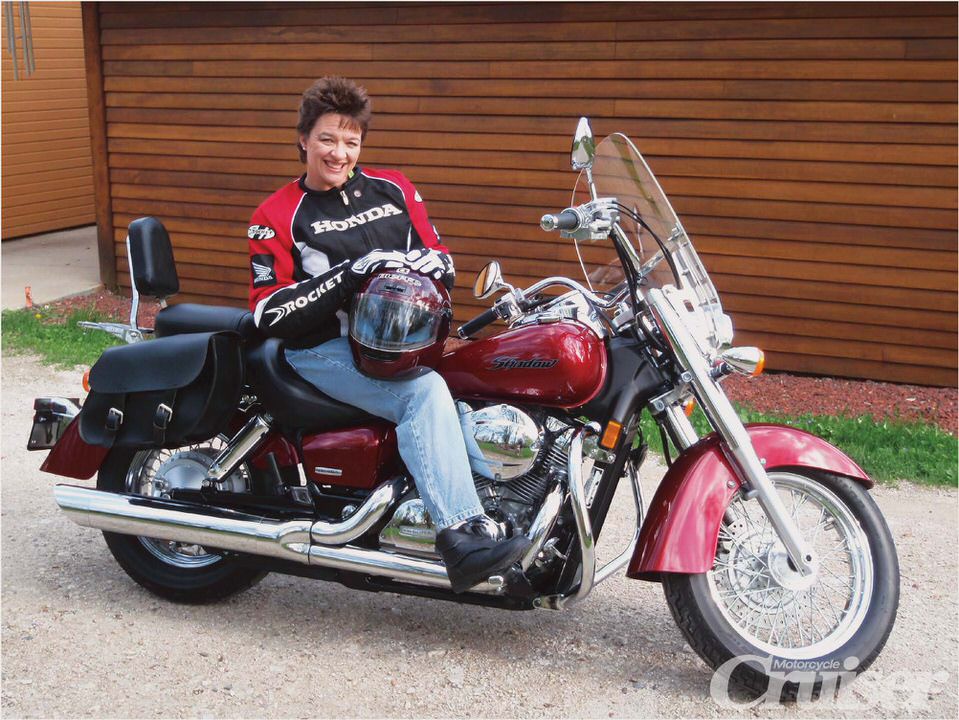
Project Recycle- Honda Shadow Ace 750
Cruisers are often defined by their style and praised for glistening good looks, rumbly engines and laid-back riding positions. There’s much to like in the recent crop of metric cruisers, but the popularity of the genre in the last decade has left the used ranks swelling with really, er, swell motorcycles that don’t cost much.
Here’s an example. We found our Project Re-Cycle Shadow ACE 750 right in our backyard. This year-2000 bike had been owned for only a few weeks by a young biology student who couldn’t quite handle its heft.
A petite woman who had come from a Honda Rebel, she quickly decided that the 750 was simply too heavy and put it on the market. We paid $2500 for the bike, right where the Kelley Blue Book valued it. Aside from a few scratches here and there, the ACE was clean and evidently well cared-for.
Why the Shadow? Back to quantity and, therefore, availability. Honda started building this version of the Shadow in 1998 and continued through 2003. A mechanically similar Shadow Spirit 750 was produced from 2001 to 2009.
The model has been long-lived and popular, so finding a good example required only the usual patience with Craigslist. Honda intended for the 750s all to be affordable, and that trickles down into resale value, which is to say they’re a superb deal. According to the Kelley Blue Book, a 2000 Shadow ACE Deluxe 750 is $1100 less valuable than a same-year Shadow 1100 Aero.
Heck, that’s half the cost of what we’ll be adding to our project bike right there!
ENGINE AND DRIVETRAIN
Honda’s sohc, three-valve- and two-plug-per-cylinder V-Twin is a sweet, mellow performer, with good low-end power, decent midrange and, well…ah, really shiny cases. Its carbureted engine is in a very mild state of tune, so throwing cubic dollars at it in search of triple-digit torque figures (much less triple-digit horsepower) is not money well-spent. Instead, we worked the maintenance angle, looking at upkeep items expected in a 10,000-mile bike.
After checking the four sparkplugs—all a nice tan and properly gapped, would you believe?—we took steps to improve the Honda’s languid throttle response. This ACE was fairly cold-blooded and possessed soft initial throttle response, indications of a typically lean low-speed mixture. We opened up the carbs, checked the float levels and went about raising the stock needles—a time-honored cheapskate trick.
On some bikes, you can move washers around on each needle to raise it inside the vacuum slide, but the Honda’s Keihins have no spacers or washers. A leftover jet kit provided four washers that have a 3mm inner diameter, a 6mm outer diameter and are 0.5mm thick. Two of them on each carb raised the needles 1mm.
To improve idle response, we richened the idle mixture by a full turn from the as-arrived two-and-a half turns out on the pilot fuel screws. As a last measure, we installed a BikeMaster original-equipment-replacement air-filter element that, unlike the stock item, can be washed and reused.
Success? Yes, but not stunningly so. The ACE is more responsive and needs much less time on the cold-start enrichener circuit before you can set off, but a top-fuel dragster it is not. Check our Cobra Jet Kit page to see the results of the jet kit we just ordered.
Sometimes the inexpensive solutions really work, sometimes you need to pay the pros.
As a final powertrain-related update, the creaky, clanky stock chain was replaced with a Regina chain-and-sprocket kit that included steel sprockets (in the stock sizes) and a lovely gold-link #525 chain. Incidentally, the chain in the Regina kit is exactly the right length, no cutting needed. Because the ACE is a five-speed and we aimed for a touring-friendly finished product, it seemed unreasonable to shorten the overall gearing to get more off-the-line acceleration.
A note for those of you unfamiliar with the Shadow 750: Don’t plan on installing a larger-than-stock countershaft sprocket. Won’t fit. A bigger cog will cause the sprocket to hit the shifter shaft.
You must be wondering: Why no blatty aftermarket exhaust? Not this time, for a couple of reasons. One, as we said earlier, there’s not a lot of untapped power in this engine, so a neighbor-infuriating tone isn’t likely to pay back in neck-snapping acceleration.
Two, loud pipes may sound cool to you on short hops, but they can make a long tour excruciating.
SUSPENSION AND BRAKES
Honda gave the ACE twin shocks with modest travel and, at least in our well-used example, only a mere hint of damping. Same for the conventional, non-adjustable, damping-rod fork. Again, with one eye on the bottom line, we kept it simple. Up front, we slipped Progressive Suspension’s progressive-rate fork springs into the tubes; on this model, you have to cut your own spacers, which we did to provide 15mm of spring preload.
Down the hatch with 20-weight Maxima fork oil to a level 150mm from the top of each fork tube.
Out back are twin Progressive Suspension Series 440 shocks in the stock, 12.5-inch length. (Progressive makes versions for the ACE that measure 11.0 or 11.5 inches, as well.) Wrapped in progressive-rate springs topped by chromed caps, these shocks feature Progressive’s Inertial Active System (I.A.S.) that uses an inertial valve to help separate chassis and wheel movement for a supposedly smoother ride.
Short-travel cruisers need help in this regard, so it’s good news that the suspension upgrades are useful improvements. No, the ACE doesn’t have a Gold Wing-glassy ride or the long-travel, roll-over-anything absorption of a BMW R1200GS; but for a modest investment, our Honda ACE is far less likely to kick you out of the saddle over sharp-edged bumps, and the fork action is about as good as you’re likely to get, given the bike’s heavy wheels and substantial steering-head angle.
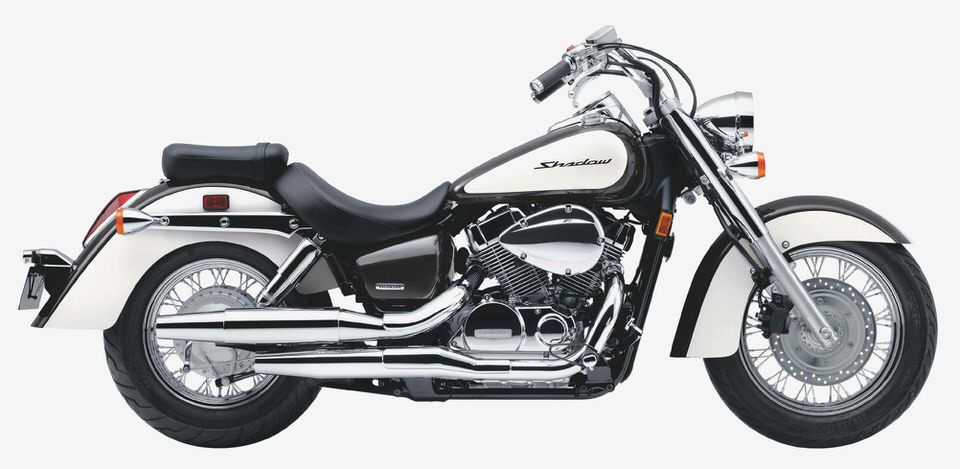
Because we didn’t test against the stock rubber, it’s hard to say if the Pirelli MT66 Route tires we installed also helped improve the ACE’s ride, but their soft sidewalls suggest they might. Inside the stock-size tires—a 120/70-17 front and 170/80-15 rear—are new Metzeler tubes.
After checking the drum diameter and shoe wear of the Honda’s back stopper, we left everything there as we found it but did fit a set of EBC Double-H Sintered pads to the two-piston, sliding-caliper front brake. Precious fluids now flow through a Galfer braided-steel line, not just because we like its shiny exterior but because this is, after all, an 11-year-old motorcycle, and rubber lines have a calendar-life limit. Braking power takes a modest boost with these mods, but don’t expect to stand the ACE on its nose.
TOURING AMENITIES
Superbike riders hardly notice their seats, but cruiser pilots, particularly those who like to travel, know every seam, lump and stitch. Understanding this, we sought to improve the ACE’s comfort quotient in the normal way. On our BikeBandit.com list was a Mustang Wide Touring seat, which turned out to be a massive upgrade over the stocker—literally and figuratively.
As the title suggests, the Mustang is wider than the original piece, by less than half an inch for the rider but by a whopping 4.25 inches for the passenger. Both parts of the two-piece saddle are thicker than the Honda items and are expertly shaped. While we haven’t put any really long days on the bike (yet), initial impressions are overwhelmingly positive.
Cobra supplied relief for the other end of the rider’s body with its Swept Floorboards, which bolted onto the stock mounts with supplied spacers in, honestly, about 15 minutes. Depending upon the size of your feet and how your ACE is set up, you might want to raise the shift lever for boot clearance; we had the countershaft cover off at the time and moved the lever on the shift shaft by one spline to raise the pedal.
These floorboards give your dogs a lot more yard to run in but also touch down much sooner than do the stock footpegs. You have been warned.
Windshield choices for the Shadow ACE are vast. We landed on the National Cycle SwitchBlade Chopped Clear model, which features a clever quick-release mounting system. Stainless-steel straps grip the fork covers on our Deluxe and hold chromed billet pegs designed to mate with slots on the windshield frame.
The SwitchBlade is smaller than a pure touring shield but big enough to deflect a reasonable amount of air. It mounts easily and clears the stock turnsignals.
You can’t tour without luggage unless, of course, you’re headed only for the nudist colony. A pair of River Road Zip-Off saddlebags does the main duty, kept out of the back wheel by a set of Cobra Saddlebag Supports. These bags are modestly sized—11 inches deep, 14 inches long and 6 inches wide—and we would guess they’re not exactly waterproof.
But they also cost less than $140.
To boost carrying capacity, the Project Re-Cycle ACE gains Nelson-Rigg Riggpak 250 roll bag lashed to the Cobra Sissy Bar Luggage Rack, attached to—surprise!—a Cobra Sissy Bar. Among these devices, you should find sufficient room to hold enough for a long weekend tour including a light tool set, a flat-repair kit and other necessities.
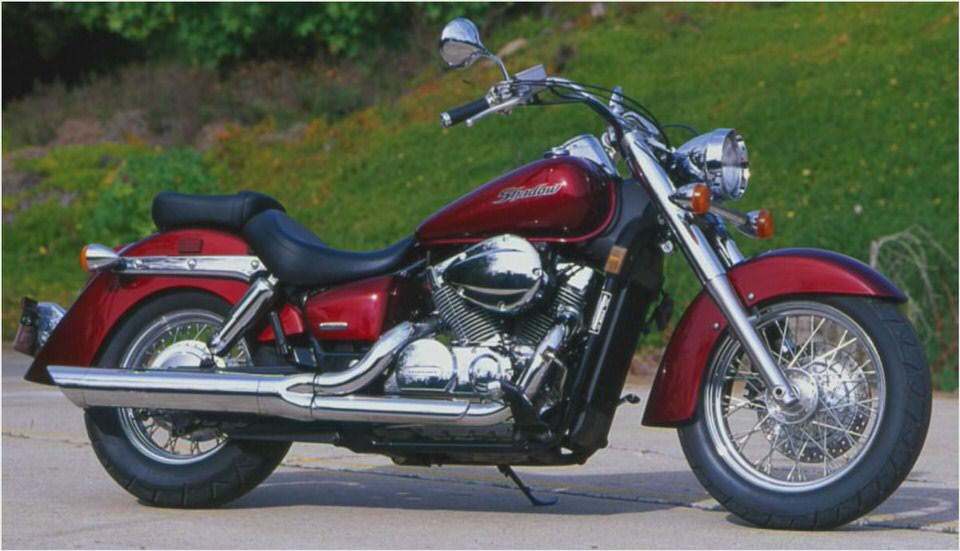
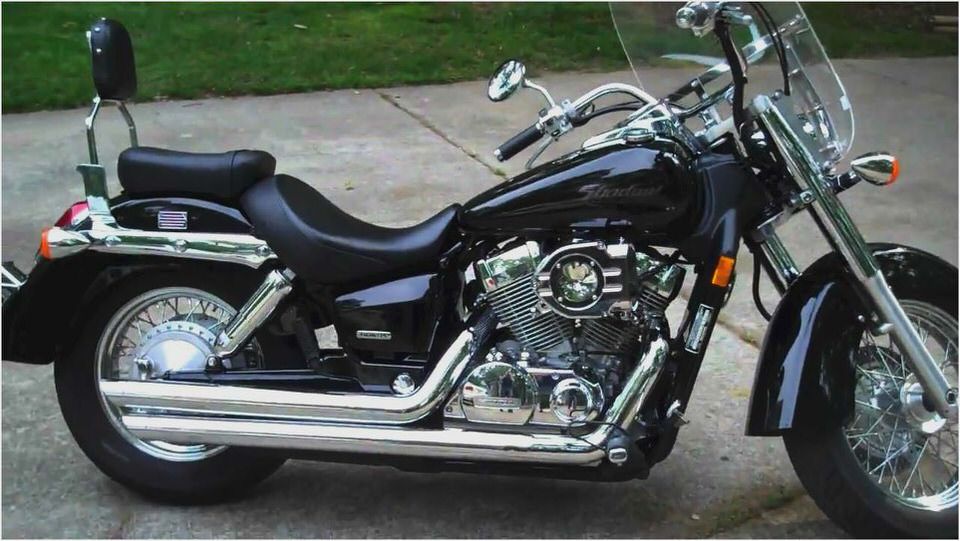
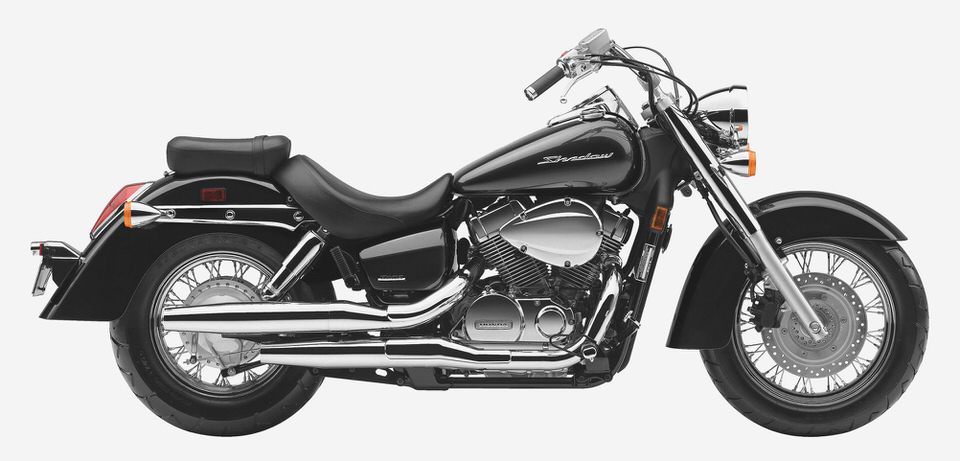
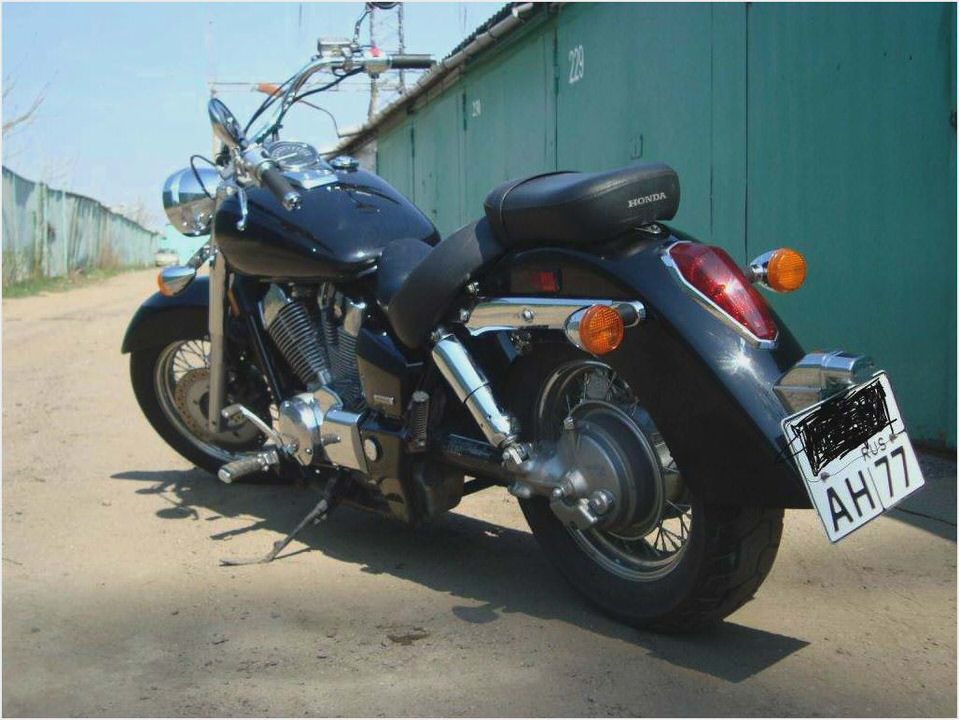
- First Drive: Honda Fit EV
- Acura & Honda used parts 92-00
- Can You Buy A House While In Chapter 13 Bankruptcy
- MotoGP: Repsol Honda Team Launch 2010 Honda RC212V Race Bike in Madrid
- Ten New Motorcycles to Ride in 2014- CW’s Top Ten List

